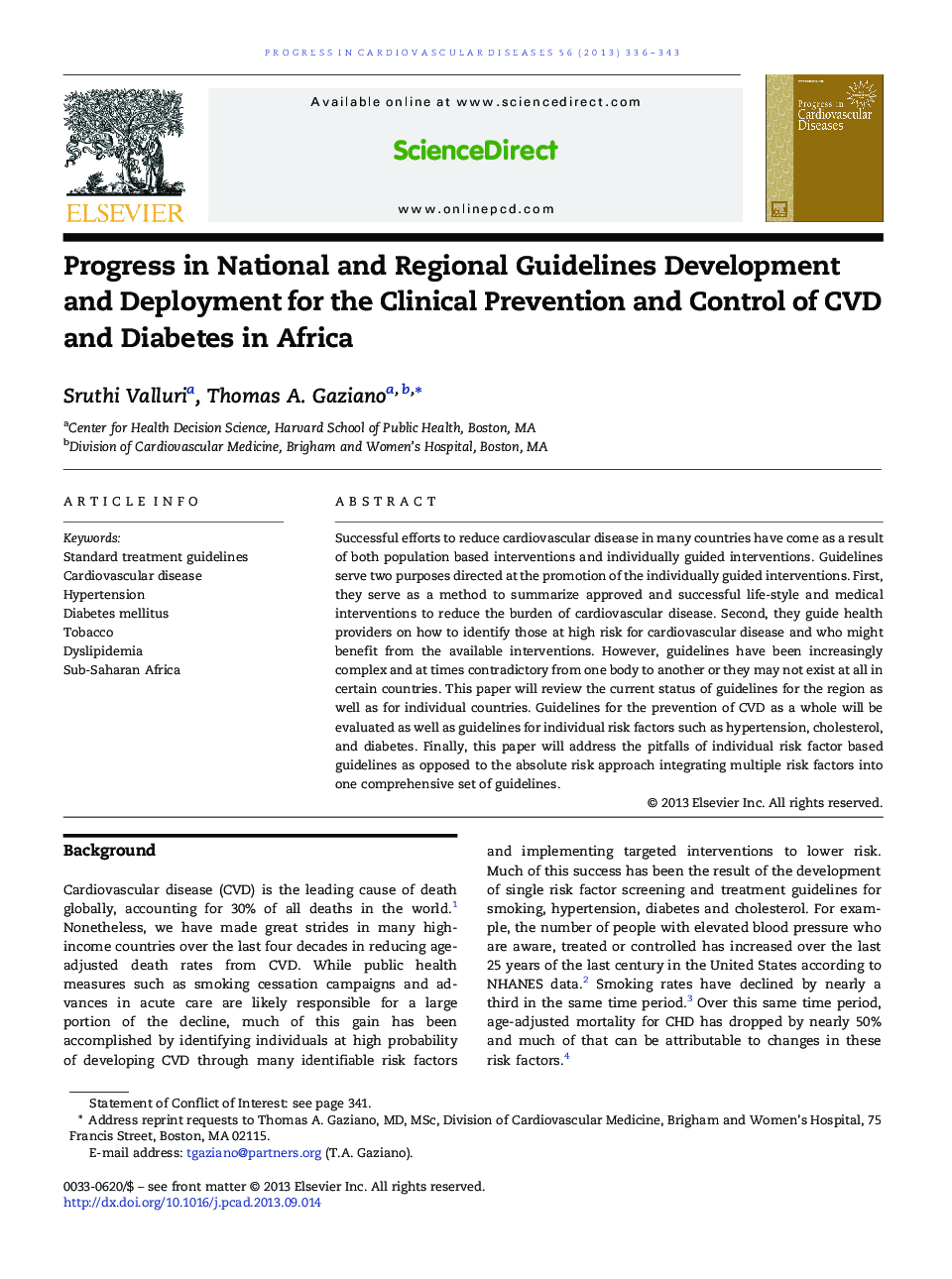| Article ID | Journal | Published Year | Pages | File Type |
|---|---|---|---|---|
| 3006658 | Progress in Cardiovascular Diseases | 2013 | 8 Pages |
Successful efforts to reduce cardiovascular disease in many countries have come as a result of both population based interventions and individually guided interventions. Guidelines serve two purposes directed at the promotion of the individually guided interventions. First, they serve as a method to summarize approved and successful life-style and medical interventions to reduce the burden of cardiovascular disease. Second, they guide health providers on how to identify those at high risk for cardiovascular disease and who might benefit from the available interventions. However, guidelines have been increasingly complex and at times contradictory from one body to another or they may not exist at all in certain countries. This paper will review the current status of guidelines for the region as well as for individual countries. Guidelines for the prevention of CVD as a whole will be evaluated as well as guidelines for individual risk factors such as hypertension, cholesterol, and diabetes. Finally, this paper will address the pitfalls of individual risk factor based guidelines as opposed to the absolute risk approach integrating multiple risk factors into one comprehensive set of guidelines.
